- Home
- slideshows
- miscellaneous
- Air Force 'aggressors' are getting into the mind of the enemy to test US and allied pilots over the Pacific
Air Force 'aggressors' are getting into the mind of the enemy to test US and allied pilots over the Pacific
The primary focus of this multilateral US Pacific Air Forces-sponsored field training exercise is the coordination of combined air tactics, techniques and procedures and enhancing security and stability in the Indo-Pacific region.

The 18th AGRS' motto is to know, teach and replicate the threat better than any other squadron.
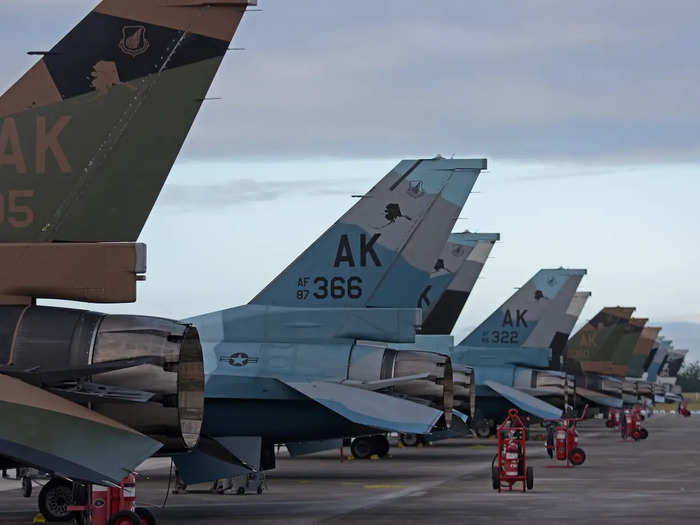
For pilots in training, the Aggressors, or "red air," can be their worst nightmare.
The squadron's approach has a specific focus: To prepare "blue force" pilots from all participating countries to respond and counter enemy threats through the best and most realistic training possible.
"We are that force to punch blue air in the mouth," Worden said. "We pride ourselves in doing everything we can in order to capitalize on mistakes our 'good guys' are making. The goal being in the long run the United States, Japanese and Australian militaries are stronger for it."
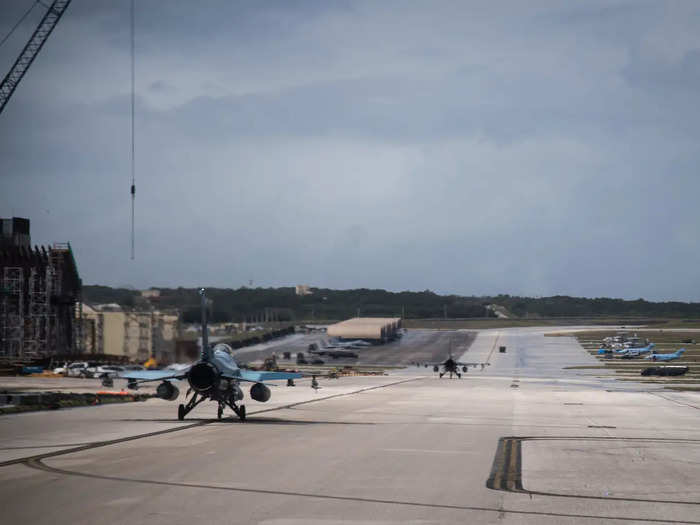
One of two adversary air squadrons in the US Air Force, the Aggressors pride themselves on learning and studying other countries' tactics, so they can realistically replicate what they might see in combat.
"I'm very excited to participate in the complicated, large force employment," said Koku Jieitai (Japan Air Self-Defense Force) Capt. Yutaka Aoyama, 305 Squadron F-15 pilot. "We cannot conduct such a large force employment in Japan, so this training will be extremely beneficial. I'm very much looking forward to this challenge."
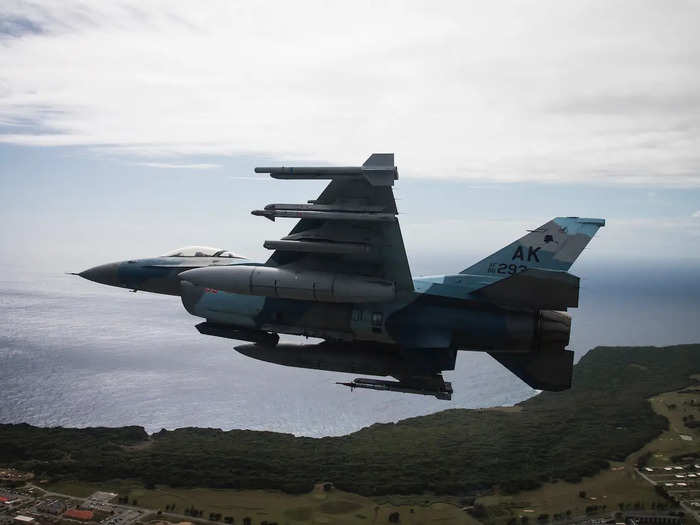
Mutually beneficial alliances and partnerships are crucial to strategy, providing a durable, asymmetric strategic advantage no competitor or rival can match.
"The unique advantage we have in supporting Cope North is that we get to interact with joint partners, specifically the Koku Jieitai and Royal Australian Air Force," Worden said. "Not very often are we able to interact so closely, and I think just as we are able to teach aspects of our flying to them, we learn the same in return."
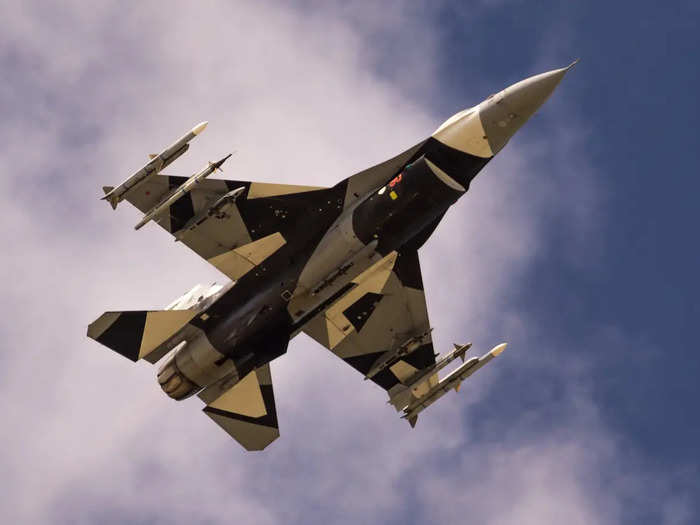
Cope North has integrated air operations for more than 40 years and continues to serve as a keystone event to promote stability and security throughout the Indo-Pacific. The network of alliances and partnerships showcased in the annual exercise remain the backbone of global security.
"The benefits of working with joint and coalition partners in an exercise like this can never be understated," Worden said. "We bring different nations and allies together to collaborate on a problem set where we often find a solution we never would have come up with on our own, so when we come together, it's a force multiplier that makes our alliance a more lethal force in any contingency operation in the future."
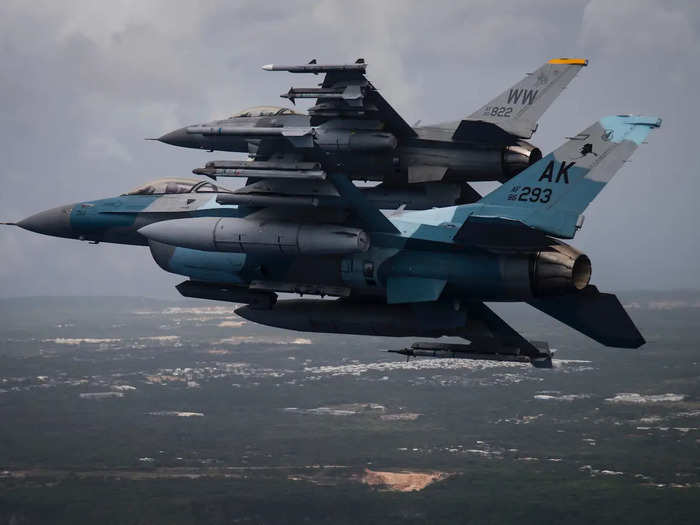
Popular Right Now
Advertisement